You may have noticed that we here at Modovolo like writing articles where we make outlandish references to the ancient Romans. So, let’s go back to the waning days of the Roman Empire and find out what that period can teach today’s drone industry.
As you might know, the history of the Roman Empire was a hot topic among the noble classes of 18th and 19th century Britain. Edward Gibbon was the leading figure in these discussions, and his magnum opus, “The Decline and Fall of the Roman Empire,” attempted to figure out why the Roman Empire declined and then fell.
Gibbon came to three conclusions. First, there were wild swings of inflation and deflation caused by the constant ebb and flow of emperors debasing the coinage and spending lavishly. Then there were massive economic hangovers that we would call Recessions and Depressions. Second and third, there was a vicious cycle of taxation and a potent bureaucracy. The emperors needed that bureaucracy to enforce an ever-expanding number of laws. That required more and more money, which required more taxation.
For Gibbon, this meant that when the Germanic invasions started in the 4th century AD, the Romans couldn’t defend themselves, hence the “Fall” part of “Decline and Fall.” And, from Gibbon’s view, Britain was following a similar path: cycles of inflation, deflation, taxation, and bureaucracy leading to decline and failure.
Now, you may be thinking: “Ah, this is the point in the article where there is finally a connection to drones.” Yes, but there is one last point to make.
Ironically, tariffs, import restrictions, and bureaucracy did have a “decline and fall” aspect for the Brits at the time of Gibbons, and these factors relate to the creation story of the United States itself. In short: Britain imposed many taxes, imposed a litany of laws and regulations on hapless colonials, then lost the Revolutionary War.
Would the revolution have happened without tariffs, import restrictions, and bureaucracy? We’ll never know, but we do know that the Brits did not intend to spark the revolution—yet they most certainly did.
The lesson (finally) here is that tariffs, import restrictions, and bureaucracy have unintended consequences. So, let’s dig into what are the intended consequences of recent tariffs versus what could be the unintended consequences for today’s drone industry.
Intended Consequences: The overall goal of the recent tariffs is to rebuild manufacturing in the US, and we agree that that is a laudable goal. (Disclaimer: As a drone manufacturer, we certainly have a lot to gain on that front. We have a vested self-interest and bias for sure.) However, there is nothing new here. Trump started ramping up tariffs in 2019 and then Biden carried the “tariff torch” through all four years of his administration and passed the Inflation Reduction Act in 2022, which included direct investments in manufacturing (mostly in clean energy, though).
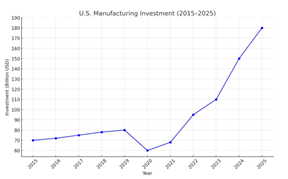
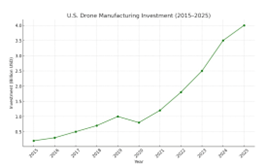
Is this “intended consequence” of Trump and Biden working? Based on the above graphs showing investment in manufacturing, the answer seems to be a strong “Yes.” The jump from 2021 to 2023 is strongly correlated with the tariffs, and then 2023-to-the-present is probably a mixture of tariffs and the Inflation Reduction Act. Will this trend continue? Most forecasts suggest the answer is “Yes.”
Unintended Consequences: We see three possible unintended consequences. First, there is an age-gap of manufacturing expertise. Despite decades of offshoring its manufacturing, the US is still a manufacturing behemoth. At $2.91 trillion in 2023, the US is second only to China itself (nearly $5 trillion in 2023), and the US’s manufacturing output is larger than Japan and Germany combined ($1.2 trillion and $930 billion respectively in 2023). So, the US has lots of expertise in manufacturing, but a lot of this expertise is in the heads of people in their 60s and 70s.
At Modovolo we’ve seen this firsthand. One of Modovolo’s core partners is Brinks Manufacturing, which is located in Upstate NY. Their team is absolutely amazing, but nearly all of their staff are approaching their 70s.
And Modovolo isn’t the only one noticing. This age-gap-problem is the motivating premise behind a start-up called Hadrian, which is building insanely efficient and scalable factories for machined parts. Chris Power, Hadrian’s CEO and Founder, started his company because he noticed that most of the machine shops were owned by septuagenarians and that the US’s aerospace and defense industries were reliant on this aging group. Not only was this a business opportunity but he saw it also as a national strategic imperative: we won’t be able to fight wars if we don’t have machined parts. (Check out this amazing interview here.)
Could the tariffs accelerate this transition of manufacturing talent to a new breed of start-ups? We think so. Hadrian is just one example of a whole new era of manufacturing at a scale that the US hasn’t seen since the Second World War.
DJI: Leaner and Better: Could the tariffs make DJI an even more formidable competitor? We think “Yes.” DJI is facing massive tariffs, up to 170%, so in order to stay competitive, we think DJI will push even more efficiency and cost cutting measures— and increase the capabilities of its products.
We think another outcome could be that DJI follows the path of Japanese car companies in the 1980s. Then, like now, there was a protectionist push to save US car manufacturing from extinction so import quotas and tariffs were imposed. The result? Toyota, Honda, and Nissan started building factories in the US to circumvent the restrictions. DJI could do the same.
Could Tariffs Spark Deregulation in the US?: Most tariff-induced new manufacturing investment is ending up in Florida and Texas, and many companies are moving their headquarters to Texas and Tennessee and out of states like New York and California.
Will this force highly regulated states like California and New York to deregulate? We think in the near term that the answer will be “No.” In fact, the opposite appears to be true. California, for example, leads the nation with over 420,000 regulatory restrictions, and California’s rate of adding regulations in the last 10 years is nearly 4x the national average.
But what about long term? We think that if the trend of companies leaving California and New York continues, then they will have to reckon with the fact that their respective tax and regulation structures aren’t competitive with other states. How likely is this? Well, 30 years ago the citizens of these states staged many tax revolts that ushered in period of tax reductions, so it’s not crazy to think history could repeat itself.
About the Author: Justin Call is the CEO of Modovolo, a start-up that's launched the Lift, an endlessly configurable modular drone platform of Lift Pods and Utility Pods that are clicked together like Legos to build the right drone for every application, with hours of flight time, and at a price orders of magnitude less than anything on the market. You’ll want to see it for yourself.
About Modovolo: Modovolo is a start-up that's launched the Lift, an endlessly configurable modular drone platform of Lift Pods and Utility Pods that are clicked together like Legos to build the right drone for every application, with hours of flight time, and at a price orders of magnitude less than anything on the market. You’ll want to see it for yourself.




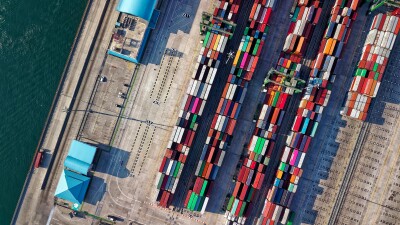

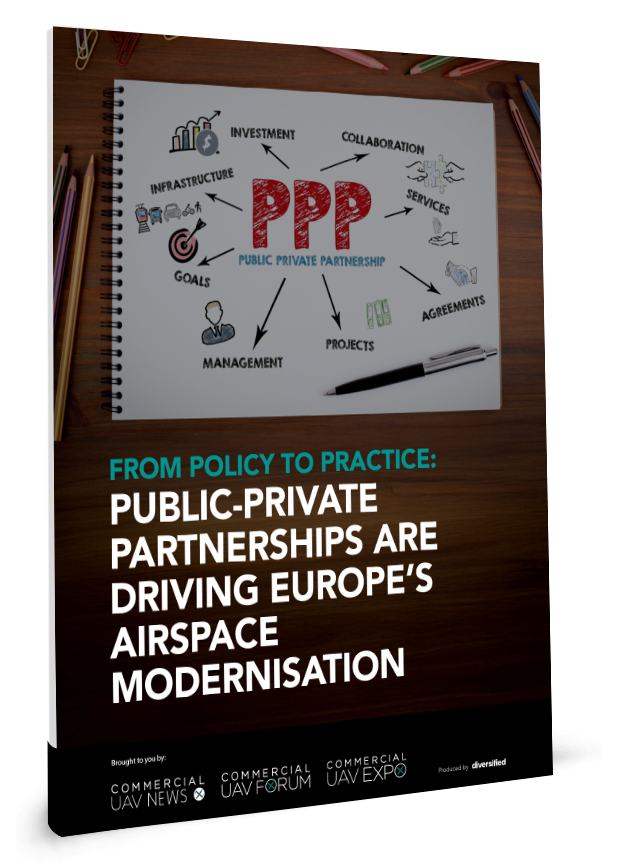







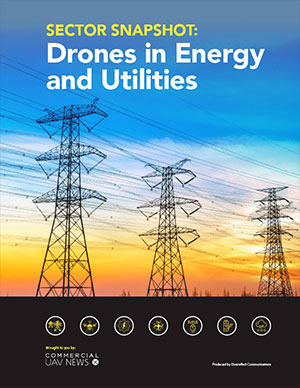

Comments